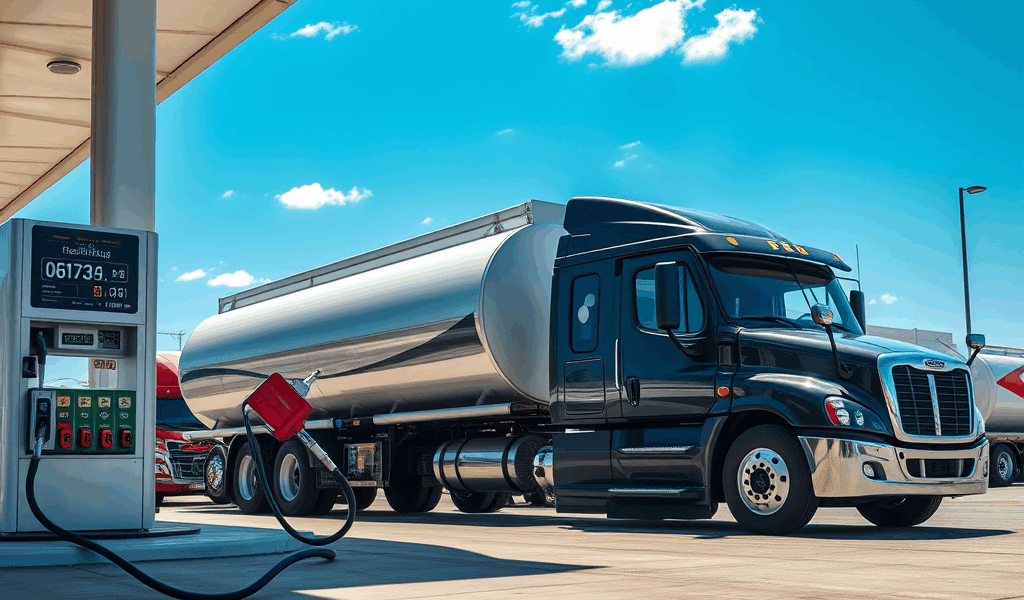Fuel Sales and Delivery
04.06.2025In today’s world, the demand for fuel is ever-increasing as it powers our vehicles, heats our homes, and supports various industries. The process of fuel sales and delivery is a crucial part of ensuring that this demand is met efficiently and safely. This document provides an overview of the key components involved in fuel sales and delivery.
Understanding Fuel Sales
Fuel sales involve the commercial transaction of fuel, which can be in the form of gasoline, diesel, natural gas, or other petroleum products. The sales process typically involves the following steps:
Types of Fuel
- Gasoline: Commonly used in cars, motorcycles, and light-duty trucks.
- Diesel: Used in heavy-duty trucks, buses, and some cars.
- Natural Gas: Utilized in industrial processes and increasingly in vehicles.
- Propane: Often used for heating and cooking.
Sales Channels
- Retail Sales: Conducted at gas stations where consumers can purchase fuel directly for their vehicles.
- Commercial Sales: Larger transactions made with businesses that require significant fuel quantities, such as trucking companies or industries with a fleet of vehicles.
- Online Sales: An emerging trend where businesses and consumers can order fuel via digital platforms, enhancing convenience and efficiency.
The Delivery Process
The delivery of fuel is a complex operation that necessitates careful planning and execution to ensure safety and efficiency. The main components of the delivery process include:
Logistics and Distribution
- Transport Vehicles: Fuel is commonly transported using specialized tanker trucks designed to safely carry large volumes of liquid fuel.
- Supply Chain Management: Effective management is crucial to ensure timely deliveries and to handle the logistics of moving fuel from refineries to distribution centers and ultimately to end-users.
Safety Regulations
- Environmental Standards: Companies must adhere to stringent regulations to minimize the environmental impact of fuel transportation.
- Safety Protocols: This includes regular maintenance of transport vehicles, driver training, and emergency response plans to handle potential spills or accidents.
Technology in Delivery
- GPS Tracking: Used to monitor delivery routes and ensure timely arrival.
- Automated Systems: Help manage inventory levels and predict when deliveries are needed.
Challenges in Fuel Sales and Delivery
Despite advancements, the industry faces several challenges:
- Fluctuating Prices: Global events and market dynamics can cause fuel prices to vary significantly, affecting sales and delivery costs.
- Regulatory Compliance: Keeping up with changing environmental laws and safety standards requires constant adaptation.
- Technological Integration: Incorporating new technologies can be costly and require significant infrastructure changes.
Conclusion
Fuel sales and delivery play a vital role in sustaining modern economies. Understanding the intricacies of this process, from the types of fuel to the challenges faced, is essential for stakeholders in the energy sector. By leveraging technology and adhering to regulations, the industry can continue to meet the growing demand efficiently and sustainably.

